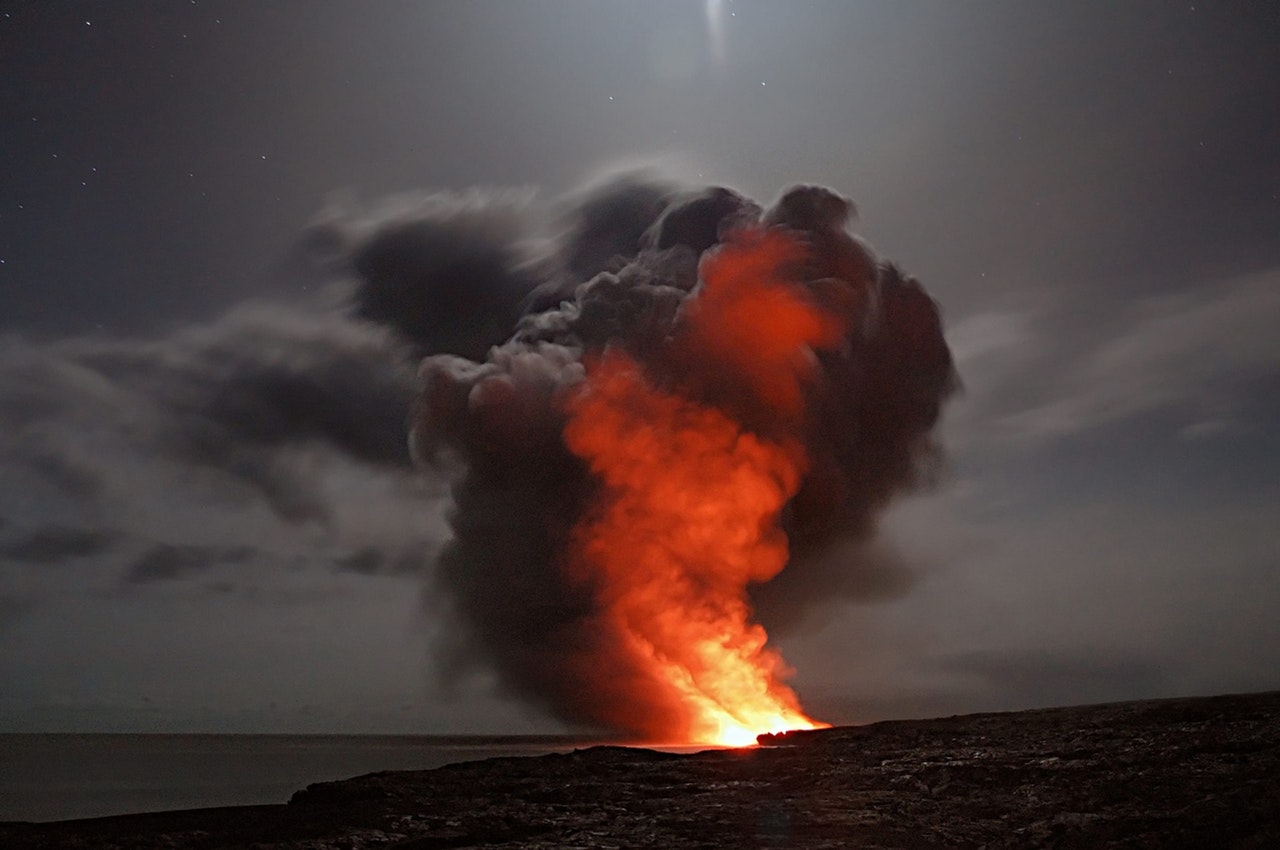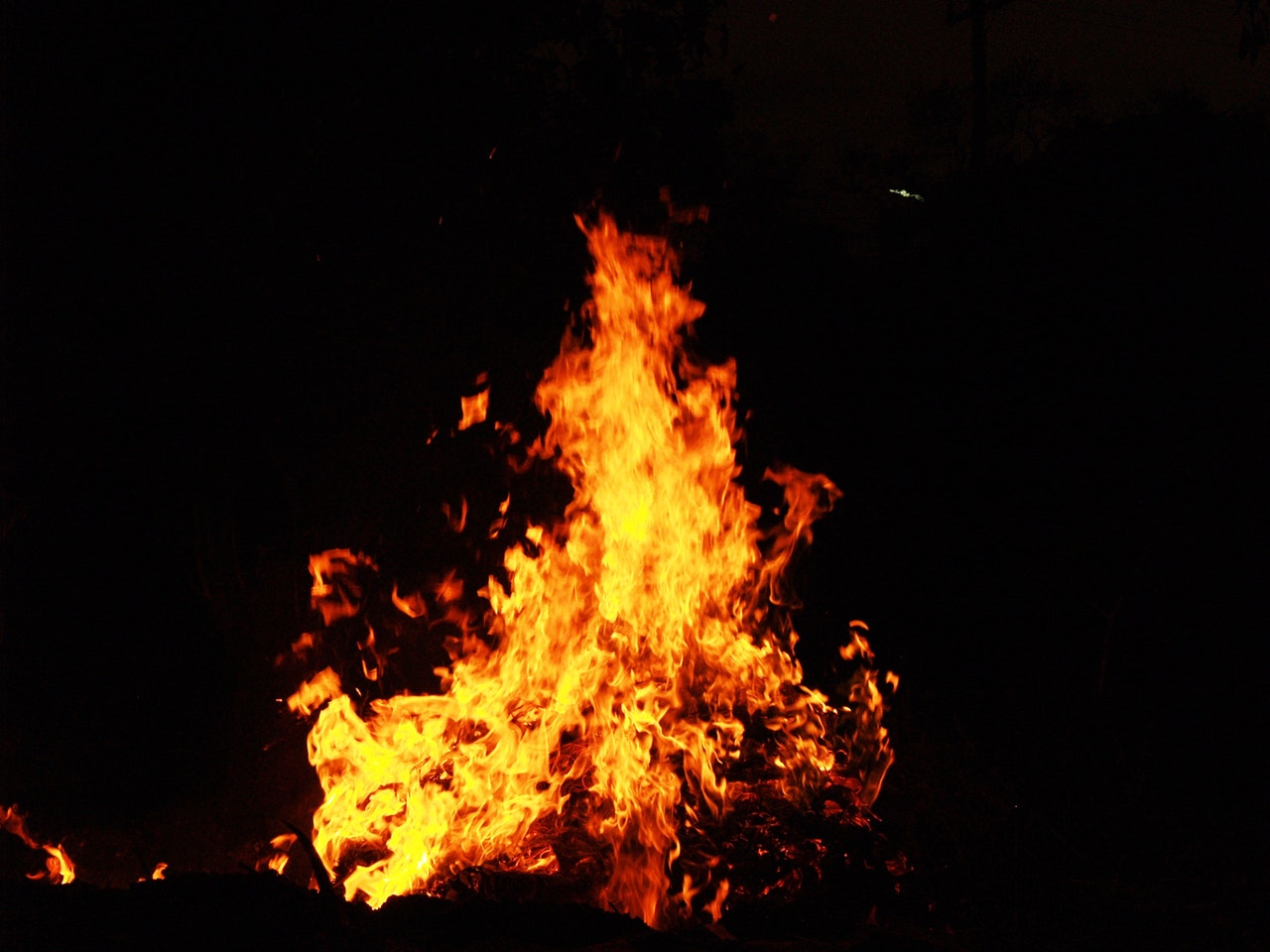Conception Diving Vessel – Santa Cruz, CA Boat Fire
- In Personal Injury, Wrongful Death
- 5 September 2019
A Fiery Inferno That Should Have Never Happened

Updated: Sept 9, 2019
Lots of theories…but no answers yet. The questions remain: Why did 34 people have to die, trapped in the hull of a dive boat while burning to death?
In addition to theories involving on board fuel ruptures and exploding scuba tanks filled with oxygen, new theories now cast suspicions toward the possibility of over-loaded electrical circuits caused by too many portable phones and cameras plugged into charging outlets that may have become “over heated”.
Whatever theories turn out to be the actual cause(s) of this disaster, we all need to know the answers to the following obvious and very critical questions:
- Why wasn’t anybody on the boat crew able to save the lives of any of the passengers?
- Why couldn’t any of the passengers escape through any of the below deck exits?
- Why weren’t the passengers given appropriate early warnings of the deadly danger by smoke and or fire alarms?
- Who, among the crew, was “standing watch” while the disaster was beginning and why weren’t they able to get any of the passengers to safety?
- What life saving, early warning mechanisms were installed below deck and in the passenger compartment to alert the sleeping passengers to the life-threatening emergency?
Bailey & Partners is closely following the NTSB Investigation to make certain that the above questions are answered with thorough and accurate details.
If you have any questions email us what questions you want answered.
Original Story – Published Sept 5, 2019
To be clear, the fiery, death inferno aboard the Conception diving vessel should have never happened.

Here’s what we’ve been told so far:
- 5 of 6 crewmembers escaped the hellish, fiery blaze while 33 passengers are presumed dead. How can that happen??
- How did the fire start? What was feeding the fire for it to so quickly become an explosive inferno? Fuel? Scuba (O2) tanks?
- There have been numerous reports about fire extinguishers. Some saying there were none, while others have stated there were extinguishers on board. At a minimum, the law requires:
Two Type B-I or one Type B-II Coast Guard-approved fire extinguishers must be carried when no fixed fire extinguishing system is installed in machinery spaces. With a fixed system in the machinery space, one Type B-I fire extinguisher must be carried.
- Be assured that further investigation will answer the current “fire extinguishers” debate.
- Another issue that will certainly be under the microscope is the training of the crewmembers. The answer to this issue will be found in three places: (1) The Conception training logs of the crew members for both initial and re-current training.
Based on what little we know right now, who is likely to be responsible for the disaster? The first ones to question are the owner and the operator of the vessel. This doesn’t mean that only the vessel’s owner and or operator are potentially responsible for the injuries or death, but rather, that is the starting point for examining the applicability of Maritime Law on “navigable waters”.
Bailey & Partners stands ready to help you seek justice for this unspeakable tragedy.
Contact us for a FREE complimentary case evaluation:
- Call: (310) 392-5000 or 800-973-2263
- Email: [email protected] or
- Fill out the form on this page.
Related Posts
- Aviation Accidents Caused by Air Traffic Controllers
- Brain Injury Affects the Entire Family
- Airport Operators May Have A Duty To Assure That Repair Facilities Or Visiting Mechanics Working At The Airport Have Sufficient Qualifications And Financial Responsibilty
- Carbon Monoxide Poisoning – A Year Round Killer
- A Smartphone & A Boy’s Death in a Hawaii Helicopter Crash

